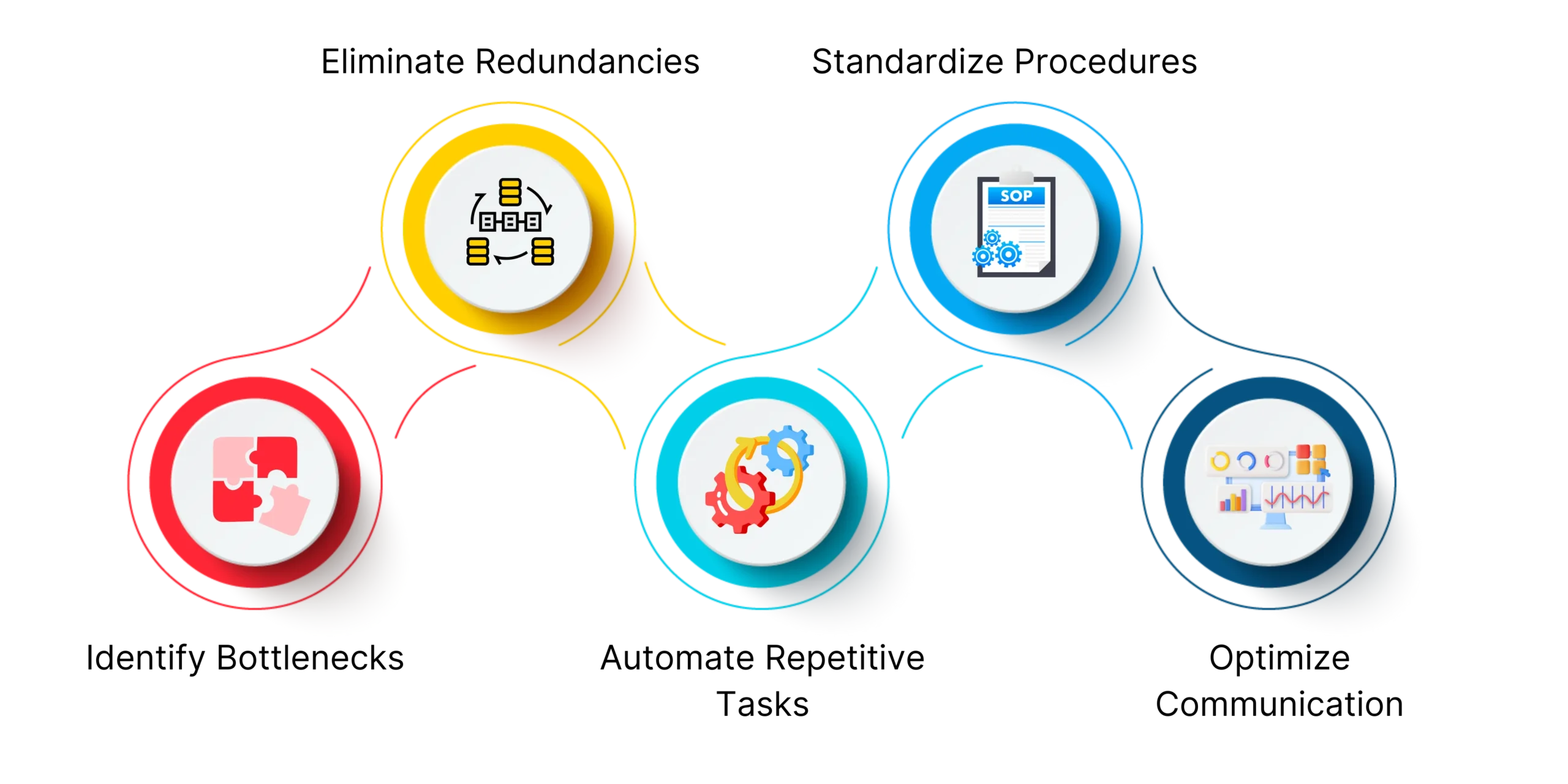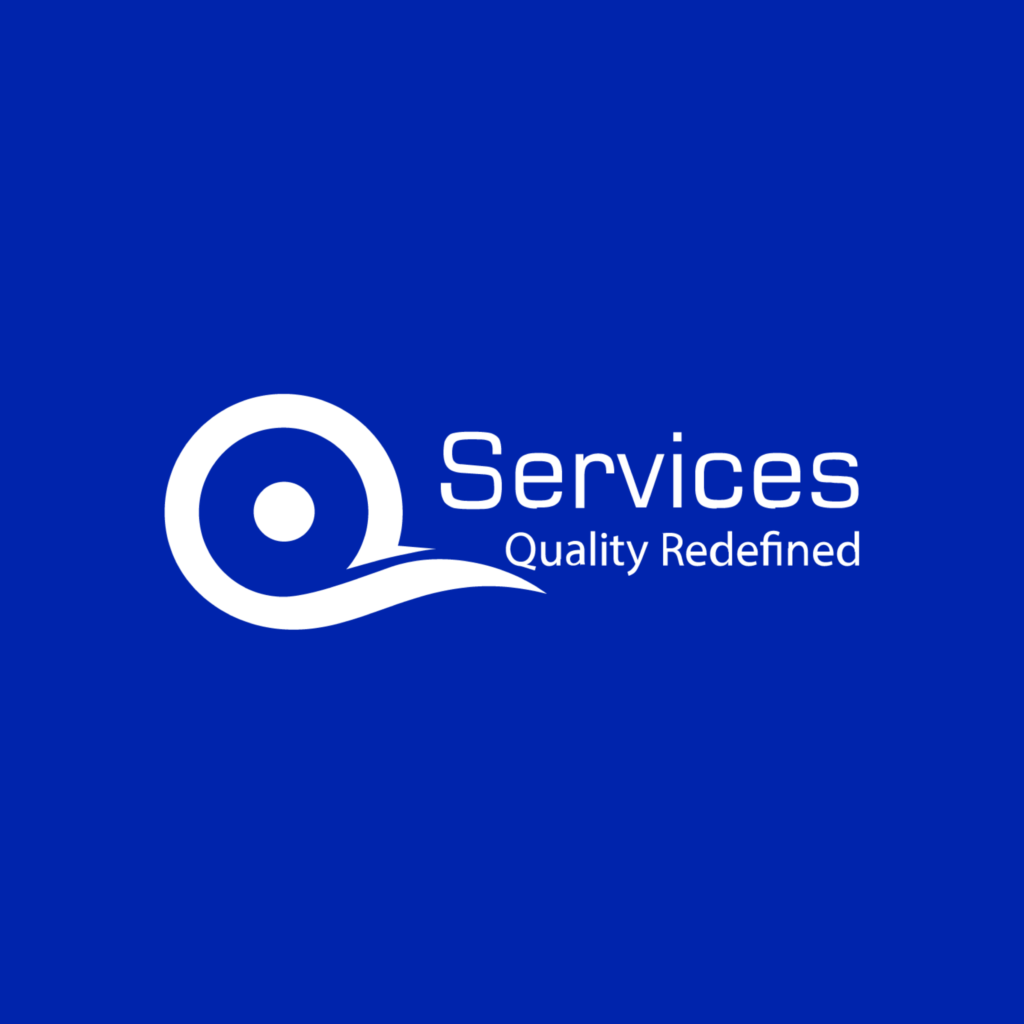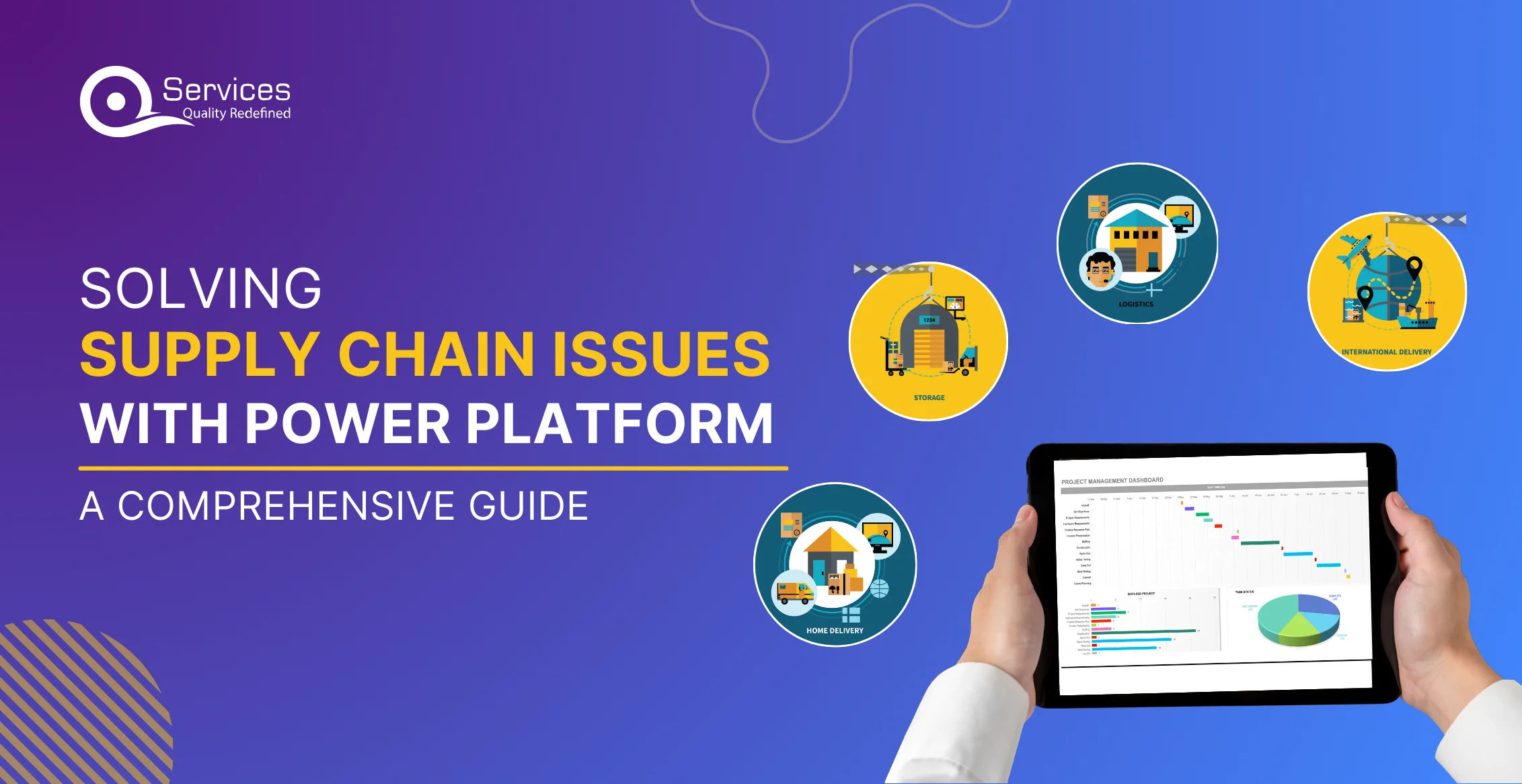
Rewards
.





CANADA
55 Village Center Place, Suite 307 Bldg 4287,
Mississauga ON L4Z 1V9, Canada
Certified Members:
.



Many businesses grapple with unnecessary redundancy and inefficient resource utilization in their operations. They seek tools or processes to effectively reduce these challenges. That’s where Power Automate comes in, offering help with streamlining automated workflows. However, when integrating Power Automate into business workflows, it’s crucial to be mindful of common pitfalls and avoid certain steps for a smoother business process. In this blog, we will discuss what businesses should steer clear of when streamlining their automated business process workflows with Power Automate.

A business process involves a series of steps or tasks aimed at achieving a specific outcome. Streamlining these workflows entails enhancing the efficiency and effectiveness of these steps to eliminate any unnecessary obstacles and smoothen any bottlenecks.
To streamline business process workflows, it’s essential to:
Identify Bottlenecks: Identify steps in the process causing delays or slowdowns, such as manual tasks or unnecessary approvals.
Eliminate Redundancies: Remove any duplicate efforts or unnecessary complexities in the process. For instance, designate one reviewer instead of multiple people reviewing the same document.
Automate Repetitive Tasks:Utilize automation technology tools like Microsoft Power Automate RPA that streamlines repetitive tasks by automating mouse and keyboard actions, enabling efficient workflow creation and execution, ultimately improving productivity and reducing manual effort.
Standardize Procedures: Establish clear guidelines and procedures for task execution to ensure consistency and efficiency across the organization.
Optimize Communication: Enhance the flow of information between individuals and systems involved in the process. Clear communication channels and timely notifications can mitigate delays and misunderstandings.
Get free Consultation and let us know your project idea to turn into an amazing digital product.
A proficient workflow constitutes a systematic sequence of steps facilitating the effective completion of a specific business task from initiation to conclusion. It ensures the smooth flow of work in a logical progression while reducing or eliminating redundant tasks. Key attributes of successful workflows include clarity and simplicity in their steps, substantial automation of repetitive manual tasks, comprehensive documentation accessible to all stakeholders, and the presence of a feedback mechanism enabling continuous process refinement, regardless of the number of workflows within an organization’s processes.
Discover the transformative power of automation in the oil and gas industry with these revealing statistics. From substantial cost savings to enhanced operational efficiency, intelligent automation is reshaping the industry landscape.
This is a topic that concerns many businesses: why automate their processes or workflows? The simple answer is to make things run smoother and faster, cutting down on mistakes that happen when people get involved. Ultimately, it’s about improving efficiency, reducing errors, and saving time.
A recent survey found that 73% of IT leaders believe automation can cut work time in half. Also, more than half (51%) say it can lower overall costs by 10% to 50%. And about 30% of business leaders have seen labor costs go down because of automation.

Imagine you’re overseeing a business process where you regularly receive emails filled with customer inquiries. It’s crucial to organize and record these inquiries in a spreadsheet for further action. Microsoft Power Automate, previously known as Flow, a cloud-based service designed to simplify this exact process. As part of the Microsoft Power Platform, Power Automate offers an intuitive, low-code solution accessible to users of all coding backgrounds.
Using its user-friendly interface, you can effortlessly create workflows that activate whenever a new email lands in your inbox. These workflows are programmed to extract vital details from each email, such as the sender’s contact information, subject line, and message content. Once retrieved, Power Automate’s functionalities seamlessly transfer this information into a designated spreadsheet or database, eliminating the need for manual data entry. For example, you can swiftly append a new row to a Google Sheets spreadsheet, ensuring all pertinent details of the customer inquiry are meticulously recorded. With Power automate you have the flexibility to customize the flow to send automated confirmation emails back to customers, reassuring them that their inquiry has been received and will be promptly addressed. Moreover, Power Automate allows you to establish notifications to alert team members whenever a new inquiry is logged that builds timely communication and ensures everyone remains informed, facilitating swift follow-up with customers.


Overlooking the current business processes within the organization can create bottlenecks and inefficiencies when introducing new workflows. It’s essential to carefully analyze and seamlessly merge existing processes into the new workflows to prevent disruptions and maintain operational continuity.
Attempting to refine multiple business process workflows concurrently using Power Automate can introduce unforeseen complexities. It is advisable to prioritize a singular workflow at a time, gradually implementing it in phased approaches to ensure thorough comprehension and optimal functionality.
Neglecting to clarify the expected processes, such as specifying how customer inquiries should be handled, can hinder the effectiveness of business process workflows. For instance, if there’s ambiguity about whether customer inquiries should be logged immediately or prioritized based on urgency, it can lead to confusion and delays in implementing automated workflows.
When using Power Automate to optimize business process workflows, one important mistake to avoid is failing to integrate Data Loss Prevention (DLP) policies or underutilizing powerful DLP functionalities can lead to data governance gaps, risking data breaches and non-compliance. These regulations are essential for reducing security risks and protecting sensitive data. Effective use of DLP policies protects your company from possible data breaches and guarantees compliance with legislation.
One crucial pitfall to avoid when streamlining business process workflows with Power Automate is disregarding stakeholder input. It’s essential to involve department heads and end-users in the workflow design process to ensure alignment with actual needs. Incorporating stakeholder feedback maximizes productivity by tailoring workflows to specific tasks and identifying bottlenecks for streamlining. Additionally, involving stakeholders facilitates effective change management, as their buy-in minimizes resistance to workflow changes. Moreover, regular feedback loops enable iterative improvement, ensuring that workflows remain relevant and effective over time.
When streamlining business process workflows with Power Automate, ensuring comprehensive user training is essential to avoid hindrances in effectiveness. For instance, in implementing an automated expense approval workflow, insufficient training may lead to navigation difficulties, manual workarounds, and errors in expense categorization. To address this, organizations should conduct thorough training sessions covering workflow usage, provide user-friendly reference materials, encourage feedback, and regularly update training content. This approach ensures that employees confidently utilize automated workflows, leading to streamlined processes, improved compliance, and enhanced overall productivity.
Neglecting to monitor and evaluate business process workflows after implementation can indeed hinder organizations from identifying issues and making necessary improvements. Establishing a system for continuous monitoring is essential for optimizing workflow performance and ensuring long-term success. When a new workflow is implemented, it should not mark the end of the initiative. Instead, a robust system to monitor process performance and analyze outcomes becomes crucial. Without effective monitoring in place, it becomes nearly impossible to identify issues, measure success, and make data-driven improvements to the workflow.
The integration of Power Automate offers significant advantages in streamlining business workflows, leading to increased efficiency, cost savings, and improved data management. However, organizations must be mindful of potential pitfalls, such as neglecting existing processes or underutilizing data loss prevention policies. By partnering with QServices, businesses can harness the full potential of Power Automate with expert guidance from certified professionals. Together, they can embark on a journey toward seamless workflow automation, tailored to their unique needs, drive sustainable growth and innovation in today’s dynamic business environment.

Our Articles are a precise collection of research and work done throughout our projects as well as our expert Foresight for the upcoming Changes in the IT Industry. We are a premier software and mobile application development firm, catering specifically to small and medium-sized businesses (SMBs). As a Microsoft Certified company, we offer a suite of services encompassing Software and Mobile Application Development, Microsoft Azure, Dynamics 365 CRM, and Microsoft PowerAutomate. Our team, comprising 90 skilled professionals, is dedicated to driving digital and app innovation, ensuring our clients receive top-tier, tailor-made solutions that align with their unique business needs.

In today’s fast-moving world, innovation isn’t just a fancy term—it’s crucial for staying ahead. So, how can companies keep up and lead the pack? The answer lies in being agile and efficient, and that’s where Azure DevOps comes in. Azure DevOps, Microsoft’s handy suite of development tools,

supply chains are facing more challenges than ever before. Issues like shipment delays, material shortages, and workforce gaps constantly threaten efficiency and reliability. These problems also drive-up costs and hinder progress towards sustainable energy solutions. Recent studies show that 72% of companies experienced delivery delays,

E-commerce has seen remarkable growth worldwide, driven by changing consumer behavior and technological advancements. Due to an increase in internet users and mobile device owners, global sales are growing quickly. Customers now favor online shopping for its extensive product selection and ease of use. In this cutthroat industry,
Power Automate, provided by Microsoft, is a cloud-based service enabling users to automate workflows seamlessly across various applications and services, all without requiring advanced coding skills.
One common business process achieved with Power Automate is automating repetitive tasks to improve operational efficiency.
To create a business process flow in Power, Automate, you can use the intuitive interface to design a sequence of automated actions that streamline tasks and ensure consistent workflow execution.
Power Automate enhances Business Process Automation (BPA) by automating tasks, eliminating errors, and streamlining operations, ultimately boosting organizational effectiveness and productivity.
Schedule a Customized Consultation. Shape Your Azure Roadmap with Expert Guidance and Strategies Tailored to Your Business Needs.
.





55 Village Center Place, Suite 307 Bldg 4287,
Mississauga ON L4Z 1V9, Canada
.




Founder and CEO

Chief Sales Officer
